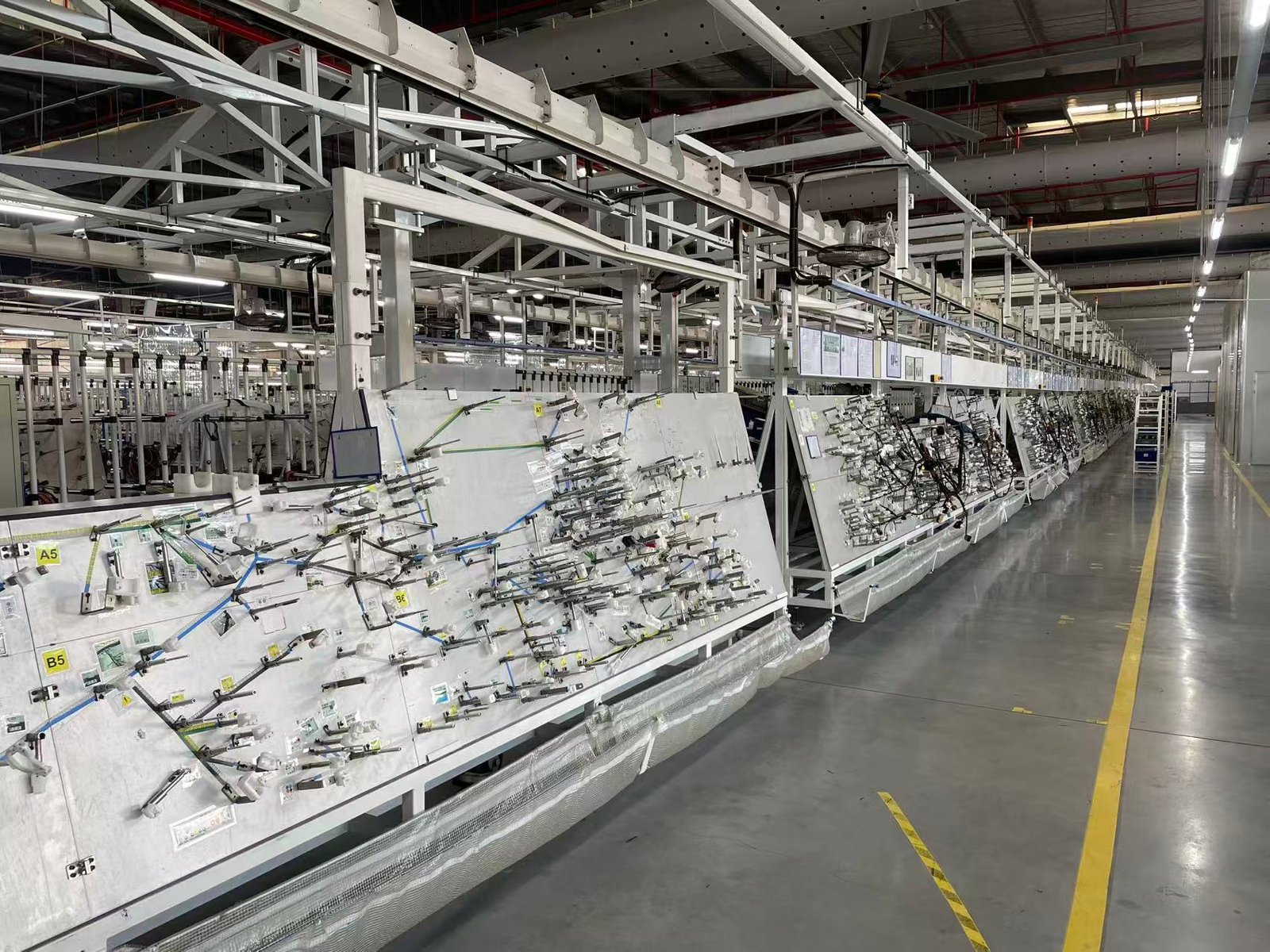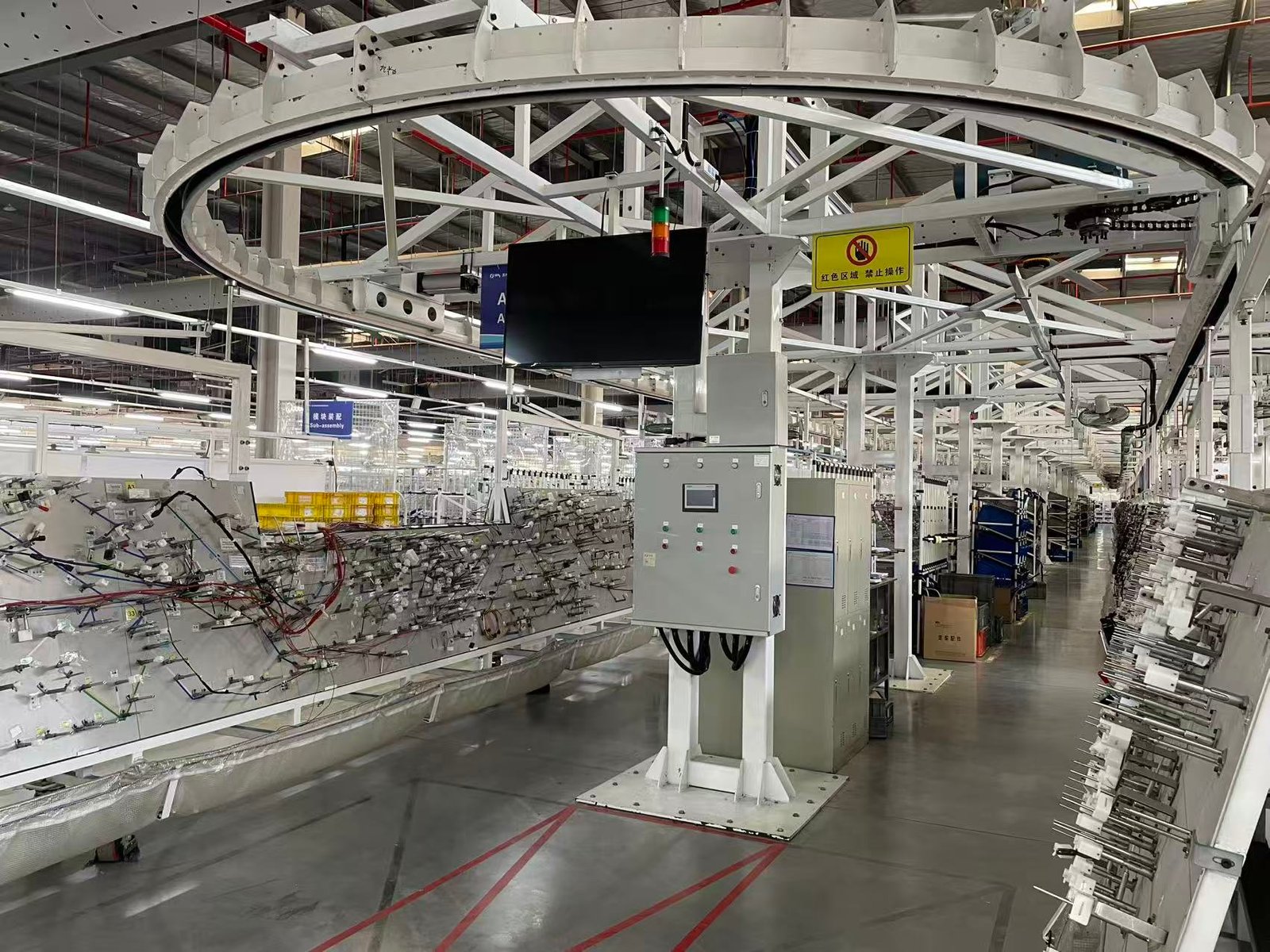The critical role of process analysis in the design and configuration of assembly lines

Process analysis is the only objective basis for selecting an assembly line. It turns vague drawings into measurable CTQs, prevents over-spec or under-spec machines, balances real takt, locks quality windows and compliance before any PO is signed, and exposes hidden change-over, consumable or ESD costs. Skipping it converts every later “optimization” into expensive rework; doing it cuts project failure from 42 % to <8 %, shrinks ROI by 6-10 months and secures sustainable profit.

1. The “Microscope” Role of Process Analysis in 13 Key Decision Points
| No. | Assembly-line Decision | Typical Disaster without Process Analysis | Quantifiable Output from Process Analysis | Recommended Tool / Test | Real-case Loss |
|---|---|---|---|---|---|
| 1 | Is the product automatable? | Customer asked to auto-assemble a phone vibration motor with ±0.01 mm tolerance—equipment supplier refused after seeing the drawing. | List of 8 CTQ dimensions that must reach Cpk ≥ 1.67; conclusion: optimise stamping die first, then talk automation. | 3D CS tolerance stack-up + 100-piece GR&R | USD 0.2 M design fee written off |
| 2 | Takt-time split | “Laser welding” guessed at 3 s; real process window 4.8 s—line capacity over-estimated by 37 %. | Mean μ, σ, Ppk per station (10 time-studies + high-speed video); 15 % JPH buffer added. | VSM + 1 000 fps camera | USD 0.6 M penalty for under-capacity |
| 3 | Machine accuracy class | 0.1 mm repeatability cylinder pressed a 0.02 mm-gap bearing—yield 62 %. | Specification: repeatability ≤ ±0.01 mm, straightness ≤ 5 µm/100 mm. | Laser interferometer + ball-bar | Rework 120 k units, USD 1.8 M |
| 4 | Process sequence | Dispense glue before plasma clean → secondary contamination, shear strength –40 %. | DOE: clean → dispense → UV cure; shear ↑ from 14 MPa to 22 MPa. | Full-factorial DOE + shear tester | Recall 50 k parts, market cap –8 % |
| 5 | Clamping method | Pneumatic gripper distorted Al housing 0.05 mm → O-ring compression insufficient, IP67 failed. | FEA: clamp force ≤ 8 N, contact area ≥ 12 mm²; switch to vacuum + internal mandrel. | Abaqus + helium leak | 30 k returns, freight & tax USD 0.9 M |
| 6 | Tool / consumable life | USD 3 cheap cutter, life 800 pcs, 7 min change each, OEE 68 %. | Analysis: USD 7 cutter, 2 500 pcs, 90 s change, OEE ↑ 12 %. | Taylor tool-life curve | Extra profit USD 1.2 M / yr |
| 7 | Cleanliness level | Overlooked 100 µm particle spec → motor jam, field complaint level 1. | Spec: 0.3 MPa DI water + 0.2 µm filter, 12 s, resistivity ≥ 10 MΩ·cm. | Liquid particle counter | 2-week shutdown, USD 0.6 M |
| 8 | ESD control | Device HBM 200 V sensitive; conveyor belt charged 800 V, bulk EOS. | Belt surface resistance 10⁶-10⁹ Ω, speed ≤ 0.3 m/s, ioniser 30 cm cover. | E-field meter + scope | 300 k IC scrap, USD 0.45 M |
| 9 | Temp./RH window | “Room temp” assumed; 80 % RH in July, UV glue under-cured, yield 55 %. | Window: 23 ± 2 °C, 45 ± 10 % RH, dew-point < 15 °C, desiccant rotor added. | DOE + DSC | Air-freight 300 k USD |
| 10 | Regulation / safety | IPA cleaner, flash-point 12 °C—fire dept. vetoed line. | Switch to hydrocarbon + vacuum, flash-point 62 °C, LEL 0.6 %, approved first shot. | Flash-point tester + LEL test | Fine + stop-work USD 1.2 M |
| 11 | Change-over time | Dedicated fixture, 4 h change, customer MOQ 2 k, profit erased. | Zero-point + locating-pin system, ≤ 10 min, keeps order. | SMED video | 35 small batches extra profit USD 1.5 M / yr |
| 12 | Data collection | Supplier delivered only digital I/O; customer wants 15 parameters, retrofit 2× cost. | RFQ listed: force, displacement, temp., torque, QR code, OPC-UA. | MSA plan | Traceability re-work + USD 0.8 M |
| 13 | Pay-back period | 6 robots bought blindly, takt not fully loaded, ROI 18 → 48 months. | Bottleneck needs only 2 robots, rest use servo slides, save USD 0.32 M. | Value-stream cost | Cash-flow break, project killed |
2. Six-step Process-analysis Roadmap (template-ready)
- DFM review
Input: 3D, BOM, CTQ list
Output: Red / Yellow / Green manufacturability score + design-change list - Process Flow Diagram + Characteristic Matrix
Map every product characteristic to process parameter, rank critical/major/minor. - Pre-GR&R
Run GR&R in metrology lab before PO; prevent “can’t measure” after machine arrival. - Lab DOE for window
Use 2³ full-factorial or Taguchi to set “big window”; machine capability ≥ 1.5 × window. - Pilot line for takt
Manual / semi-auto run 300-500 pcs, get real μ, σ, yield, then scale to full-auto. - Pre-PFMEA risk review
Before signing purchase contract, drive all RPN ≥ 100 down to ≤ 50; otherwise spec re-written.
3. Instrument List by Budget (USD 0.1 M / 1 M / 5 M)
| Budget | Must-have Instruments | Core Questions Answered |
|---|---|---|
| 0.1 M | High-speed camera (1 kfps), torque wrench, temp/RH logger, pull gauge | Takt, assembly force, ambient window |
| 1 M | Laser displacement + DAQ, 6-axis force sensor, DSC, helium leak | Accuracy, cure curve, seal integrity |
| 5 M | White-light interferometer (1 nm), industrial CT (5 µm), 3D profiler, Moldflow + Ansys | Micro-defects, internal voids, thermal warp |
4. Three “No-go” Check-sheets (print & pin on shop-floor)
- Machine-selection veto sheet
‑ Repeatability < 1/3 process tolerance ‑ Process window (DOE) > 70 % machine capability
‑ Change-over > economic takt for customer MOQ
‑ No MES / OPC-UA data interface
‑ Spare-lead-time > 15 days & no China-plus-one source - Parameter freeze table (appendix to contract)
Example: Station Parameter LSL Target USL Control Warning Stop Press-fit Force 480 N 500 N 520 N Servo, 100 % curve Cpk<1.33 Cpk<1.0 - ROI sensitivity table
Vary takt ±10 %, yield ±2 %, labour ±15 % in a 3-factor DOE; if any scenario > 36 months, re-selection triggered.
5. Closing: Why Process Analysis? – In Numbers
- Cuts project-failure rate from 42 % (McKinsey 2023) to < 8 %.
- Improves machine-investment accuracy by ≥ 30 %, eliminates over-spec.
- Reduces change-over / retrofit share of total investment from 25 % to 7 %.
- Lowers ex-factory cost per unit by 12–18 %, shortens ROI by 6–10 months.
- Slips customer 0 km / field claims by 55–70 %, preserving brand premium.
